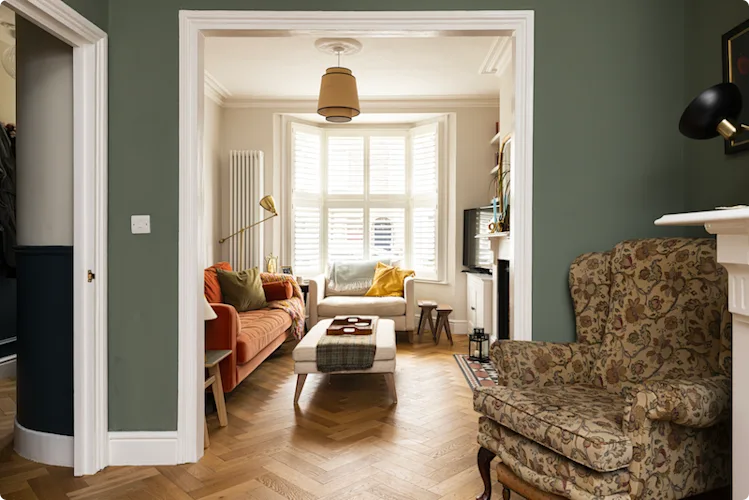If you own a Victorian home you’ll be familiar with their characterful nature. They come with plenty of unique and attractive features from tall ceilings to bay windows, stained glass and decorative brickwork. That being said, Victorian houses were made for Victorian societies.
The unique layouts and certain details of these properties aren’t always suited to modern households. One factor that renovators often look to address in particular is the flow through the property. We look at some of the ways Victorian homeowners can improve the fluidity of their home and make it work better for you.
What do we mean by ‘flow’?
Flow, in terms of house design, describes the relationship of different rooms to one another as well as the layout of each individual room. A good flow can be indicative of rooms that feel satisfyingly connected to one another or a room where the layout and furniture is arranged in a way that allows you to move intuitively through it. A bad flow can reflect a layout that feels unnatural, cramped or messy.
Flow in traditional Victorian layouts
Addressing the flow in traditional Victorian house layouts is a recurring theme. This is largely because what we ask for and expect from our homes has changed significantly over time. We take a look at some of the features present in original, untouched Victorian homes and how they could be more obstructive than beneficial to the flow in your home.
Front and back parlours
In the Victorian era, the front parlour of a home was intended to display the status of the household. It was intended as a fairly formal room where furniture and items that may have displayed wealth or extravagance would be arranged. Its predominant use would be for occasions or for hosting guests. A wall would divide the front parlour from the back parlour where the purposes would include dining and recreation.
How to improve the flow:
As we’ve touched on, there’s plenty to celebrate in Victorian houses. One of the aspects that former front parlours are likely to boast is beautiful bay windows that invite plenty of natural light into the room. However, the separation of the rooms could mean that the back room is poorly lit and that both rooms could feel a little cramped.
To maximise on the natural light from the front parlour’s bay window, consider knocking down the internal wall separating the two rooms – this is also a fantastic way of creating a more open space. This solution could be suitable for families who prioritise having multi-functioning rooms where they can spend time with each other, enjoy recreational activities and unwind. It’ll also make it easier to move through your space and improve the flow of your home. And because it’ll be towards the entrance, it’ll be a fantastic way to welcome you home.
Book a free advice call with one of our experts to discuss how you could transform the flow of your Victorian living room while retaining the features you love. Not ready to make any changes to the layout of your home? Read our article to get inspiration for how to modernise your Victorian living room.
 © Matt Gamble
© Matt Gamble






















